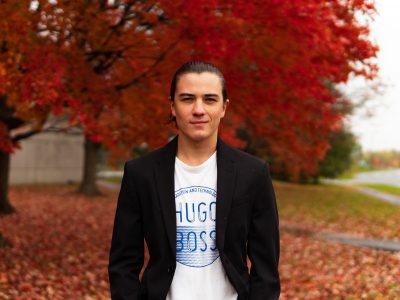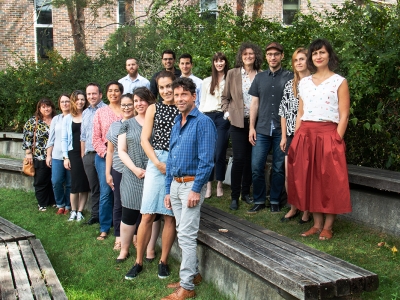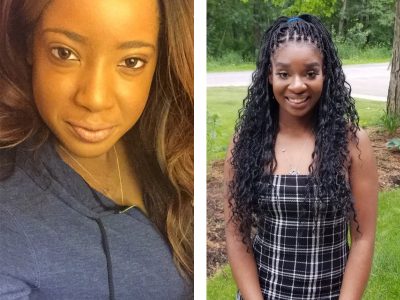By Karen Kelly
Photos by Bryan Gagnon
Last spring, Carleton graduate student Noah Schwartz found himself standing in a booth at the National Rifle Association’s annual meeting in Indianapolis, Indiana. He had come to survey American gun owners and find out more about how the NRA influences policy and the American gun culture.
“It’s like a Comicon for gun owners: 80,000 people attended the event over three days,” says Schwartz. “The main focus was a massive gun show with about 15 acres of guns and gear—everything from bulletproof backpacks to Tasers to gun safes.”
For his research project, “Quick Draw History: the NRA, the politics of memory & the great gun debate,” Schwartz spent three months in the United States, conducting ethnographic fieldwork. He received a doctoral fellowship from the Social Sciences and Humanities Research Council and a Mitacs Globalink grant, as well as a visiting scholar position at George Mason University in Fairfax, Virginia. As the home of the NRA’s headquarters, it was an ideal location.
“I attended NRA firearms safety classes, including a ‘concealed carry’ class and a ‘Refuse to be a Victim’ self-defense class,” says Schwartz. “I also set up a booth at gun shows to recruit participants to fill out my online survey.”
As a graduate student from a Canadian university asking questions about gun ownership, Schwartz acknowledges that he was a bit nervous. But he arrived prepared: he took the Canadian Firearms Safety Course and participated in the shooting sports back in Canada. This gave him first-hand experience with the technical characteristics of different firearms.
“When gun owners talk about firearms, it’s very technical, so I wanted to understand what they are talking about,” says Schwartz. “It gives you more credibility and enables you to understand what firearms mean to people.”
Schwartz is now going through the results of the survey, his field notes from participant observation, as well as eight detailed interviews. He recently published an article in the journal Critical Policy Studies entitled “Called to arms: the NRA, the gun culture & women.”
“I think the value of using the ethnographic method is that it can help bring out the complexity in people’s viewpoints,” he says. “The political discourse today is so divisive that we are used to thinking about the world—and especially people we might disagree with—in very simplistic ways.”
Schwartz also analyzed the NRA’s communications materials, as well as the exhibits at the NRA National Firearms Museum in Fairfax, which displays more than 3,000 firearms. He even interviewed the NRA’s head of research and the curator of the museum. He says the experience gave him a more nuanced picture of the NRA and the gun culture.

Noah at his booth during a gun show in southern Virginia. Photo provided by Noah Schwartz.
“The NRA supports and contributes to this community through sports events, training and clubs. It is growing the gun culture in the United States and then draws on that same community for political support,” says Schwartz, who was struck by the diversity of gun owners he encountered at NRA events.
While the NRA is often cited as the principle obstacle to gun control, Schwartz argues the opposition to legislation is much larger than just the lobbying arm of the organization.
“The millions of gun owners in the United States will be there whether the NRA goes away or not,” says Schwartz, “And they are politically active.”
Thursday, November 28, 2019 in Faculty Research, FPA Voices
Share: Twitter, Facebook



